We may earn money or products from the companies mentioned in this post. This means if you click on the link and purchase the item, I will receive a small commission at no extra cost to you ... you're just helping re-supply our family's travel fund.
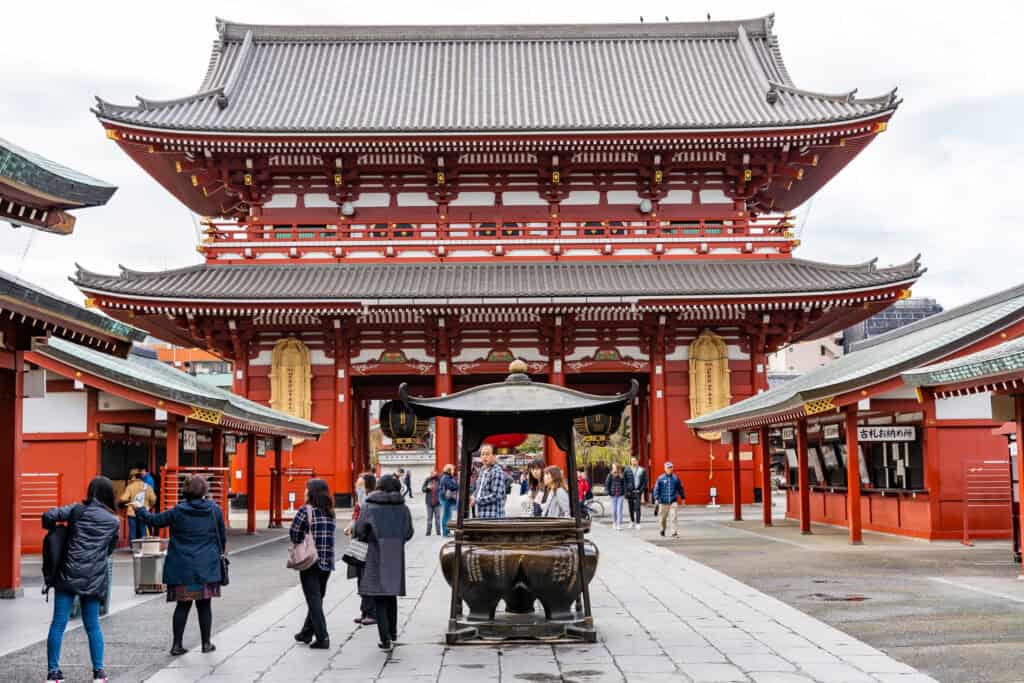
Tourism lifts local incomes and strains daily life in the same breath. Small islands, ancient centers, and fragile trails carry pressure that spikes with social media booms and cruise calendars. Civic leaders are testing caps, timed entries, and higher visitor fees to protect water, housing, and heritage. Some measures are pilots, others sit in draft laws, but the trend is visible from harbors to high country. Access will likely hinge on season, conduct, and length of stay, not volume alone.
Japan
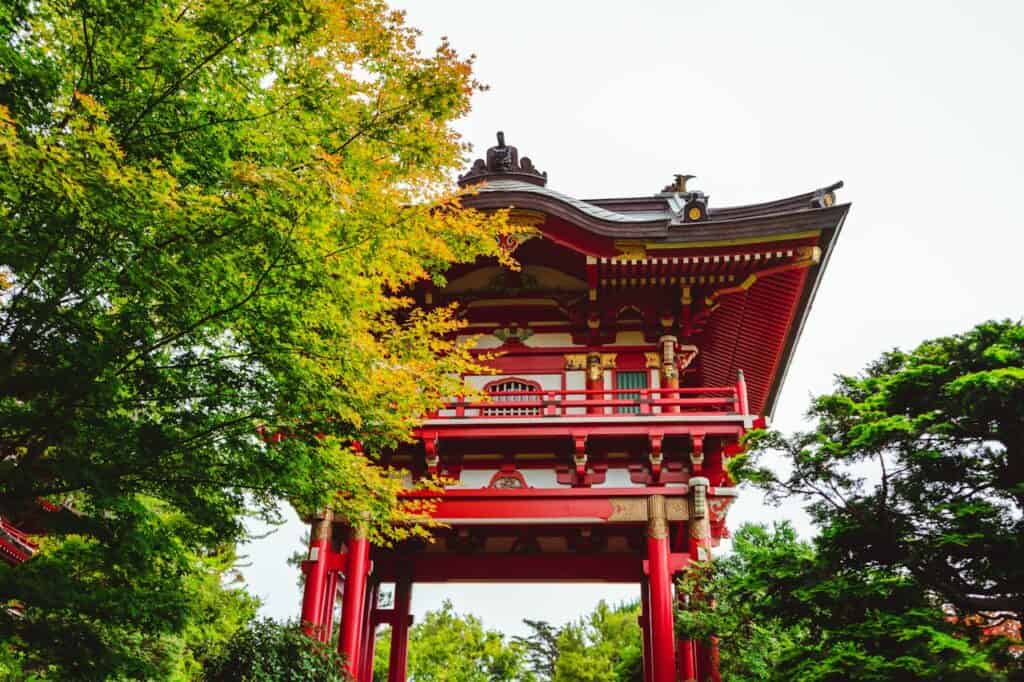
Crowds surge along temple paths, mountain trails, and market lanes, stretching cleanup crews and patience. Officials weigh higher lodging taxes in hot spots, stricter rules on short rentals, and quotas at overrun peaks where litter and rescues climb. Buses may face staging windows, while quiet hours and luggage rules already appear in busy districts. The aim is not to lock the gate, but to shape flow and reward longer visits that support neighborhoods beyond the postcard streets.
Italy

Venice, Rome, and the Cinque Terre wrestle with day trippers, cruise surges, and housing pressure from short lets. City entry fees, guided group sizes, and stricter licensing move from debate to practice. Coastal parks and alpine valleys experiment with permits during erosion risk and fire weather. Expect more reservations tied to fragile corridors and real fines when rules are ignored. The direction favors residents sleeping well, stones breathing easier, and visitors choosing time over tally.
Spain
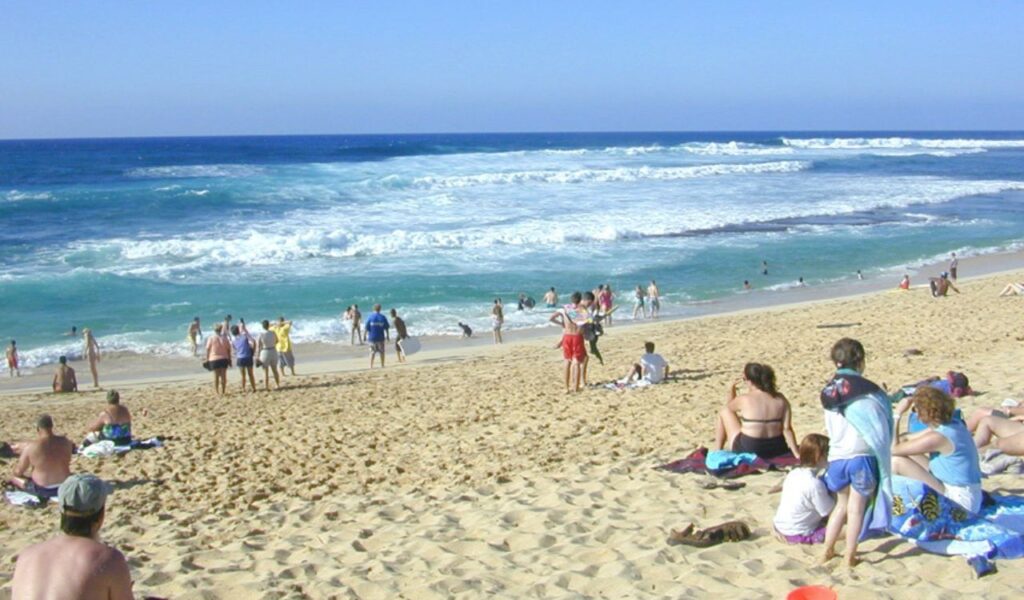
Beach towns and medieval cores carry water stress, summer noise, and rents that outpace local wages. Island councils consider seasonal caps when ferries and flights outrun clinics and buses. Municipal coalitions push quiet hours with teeth, fewer party flats, and drought surcharges that nudge trips to calmer months. Trails near cliff edges test one-way routing and morning windows. Hospitality stays open, but timing, conduct, and community limits will shape the welcome more than head counts.
Netherlands
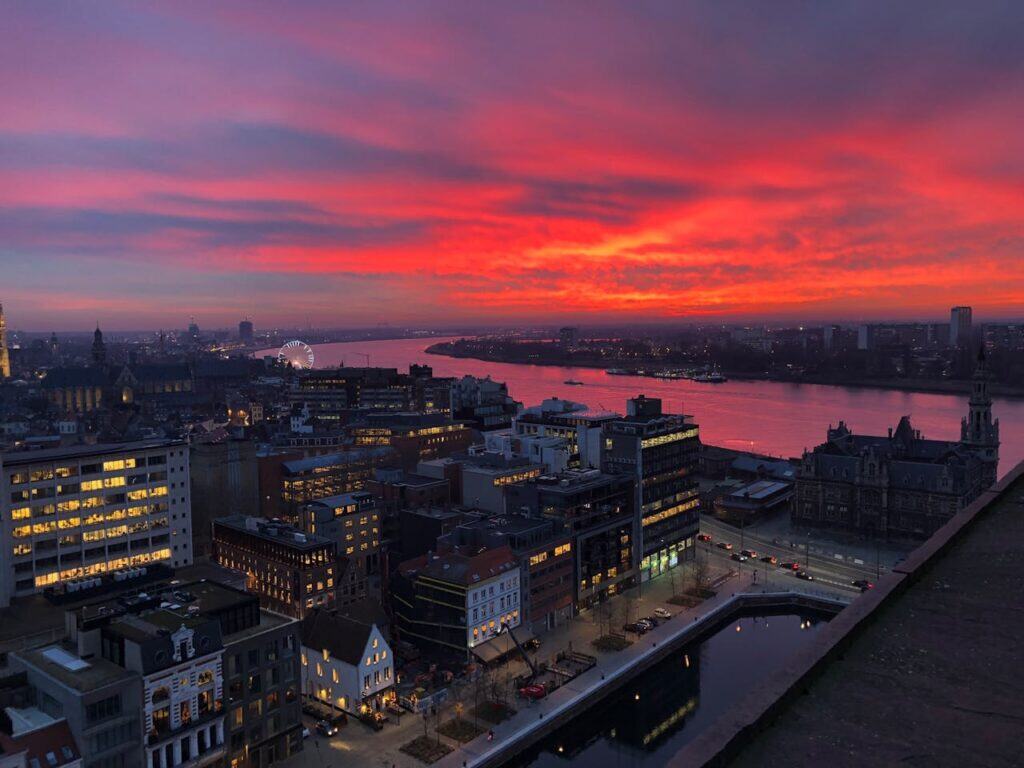
Amsterdam shifted from gentle postcards to firm boundaries. Short-stay licenses tighten, group tours face stricter routing, and nightlife advertising loses its loudest notes. National rail nudges peaks into shoulder seasons with pricing and calendars. Expect reservations for sensitive canalside zones, clearer fines for street disorder, and stricter checks on rentals that empty stairwells of residents. The city still invites curious guests, yet purpose and pace matter more than a quick weekend on autopilot.
Indonesia

Bali and nearby islands balance coral health, sacred sites, and village life under a steady visitor tide. Proposals range from tiered tourist taxes to reef rest periods and guide-only access near wildlife. Temples formalize dress codes and quiet hours with enforcement, not posters. Storm seasons reshape beach capacity and evacuation plans, which in turn limit events during risky windows. The arc points toward fewer casual drop ins and more planned stays that fund restoration.
Thailand
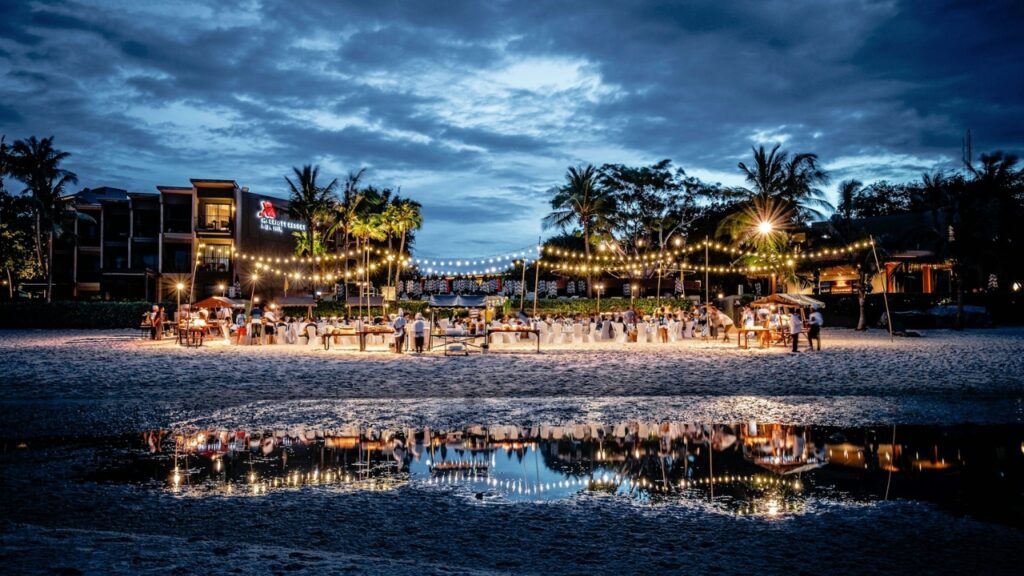
Marine parks bear scars from anchors, fuel, and careless sunscreen, so closures and head limits move from rare to routine. Boat quotas tie to underwater clarity, while sunrise or sunset windows spread pressure across hours with calmer seas. Some party corridors face rental cleanups and tighter noise rules that shield school nights and elders. The message is simple. Nature sets the tempo. When reefs need to breathe, gates narrow, and respectful travelers still find a way in.
Iceland
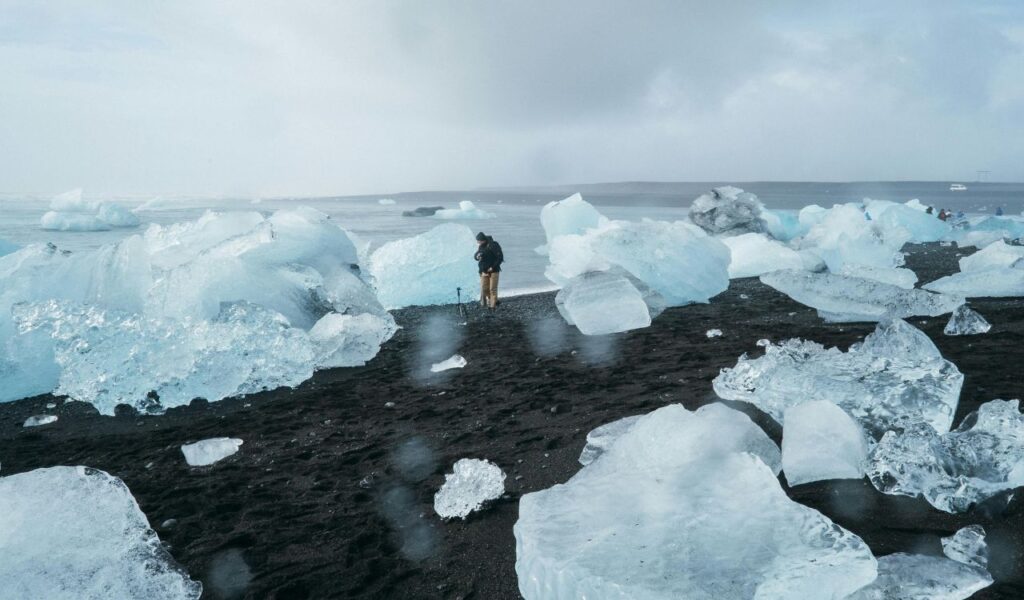
Ring Road vistas and ice caves draw numbers that strain tiny towns and winter rescue teams. Policymakers test surge pricing at popular sites, parking permits that cap daily volumes, and a trail pass that funds boardwalks and training. Icy months may see stricter tire rules and mandatory briefings to cut avoidable callouts. If erosion or emergency loads spike, pauses or tighter quotas follow. The goal is resilience during squalls and a slower rhythm on fragile ground.
Greece
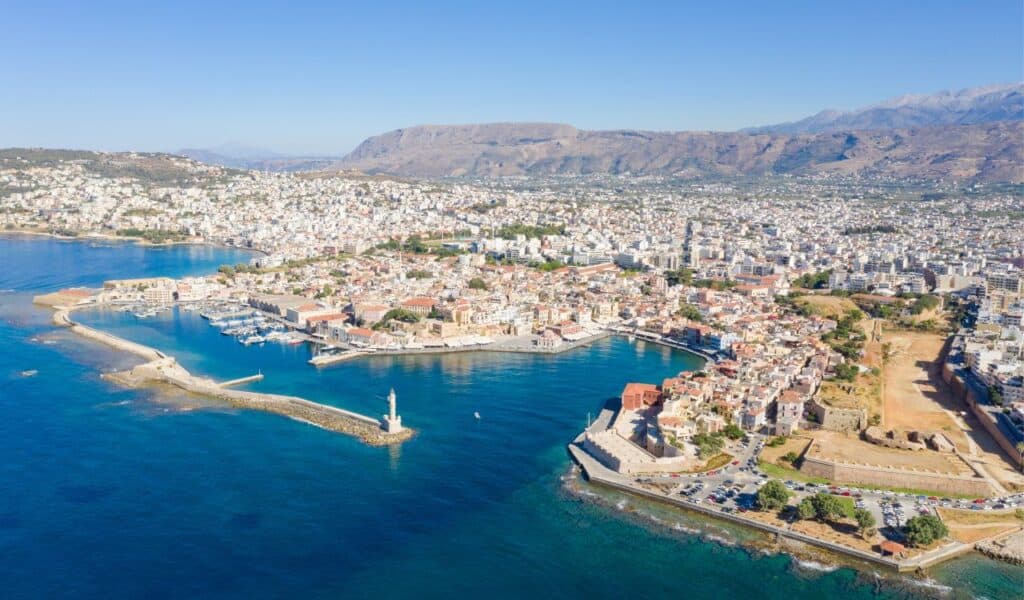
Island water tables, cliff paths, and Bronze Age ruins push authorities toward stronger controls when heat and ferries collide. Day caps at headline sites, limits on cruise berths in smaller harbors, and firm rules on rentals inside heritage quarters gather momentum. Fire seasons also shape access to pine forests and remote beaches. Policy favors residents first, culture that breathes, and visitors who trade speed for depth. Those who linger often leave lighter footprints and better stories.
New Zealand

Great Walks and glowworm caverns sit near ecological limits. Rangers weigh higher conservation fees, tighter booking windows, and stricter caps where bird habitat overlaps popular tracks. Freedom camping rules tighten when waste and parking spill into sensitive zones. After storms, longer recovery closures protect fragile soils. The welcome remains real, but patience, planning, and respect for Māori guardianship steer the experience. Fewer vans idling at the same lookout could mean richer time on country.
Norway
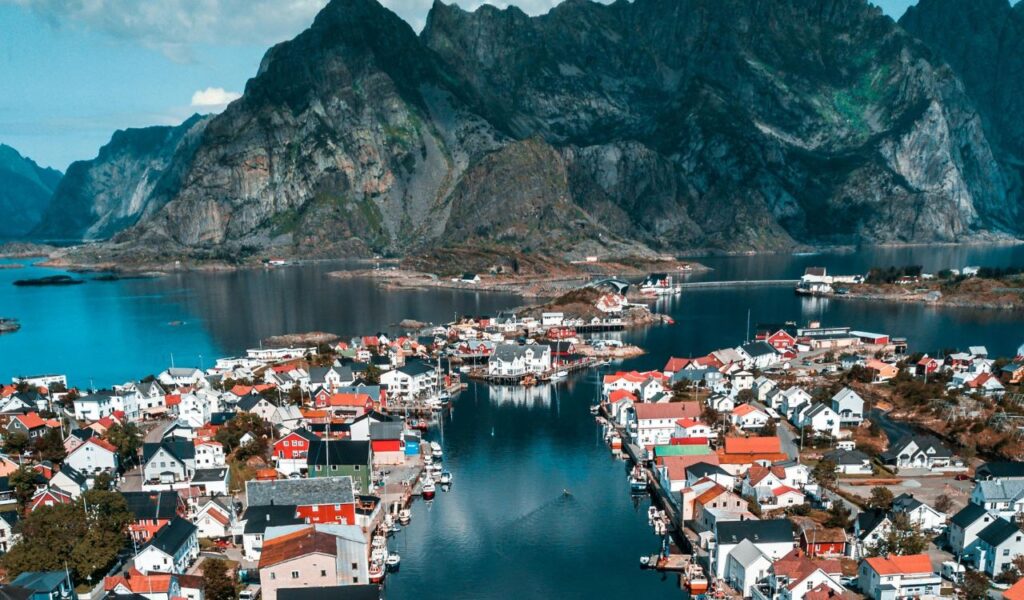
Fjords and Arctic corridors face larger ships, warmer seasons, and wildlife that needs distance. Lawmakers discuss tougher emissions rules for cruises, daily docking limits, and visitor codes around Svalbard seal and bear ranges. Guided ratios on glaciers may rise as melt patterns shift. Winter storms add a safety layer that narrows access during heavy seas. The future points to quieter footprints that match the scale of fishing towns, ice, and tundra light.